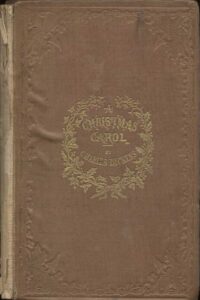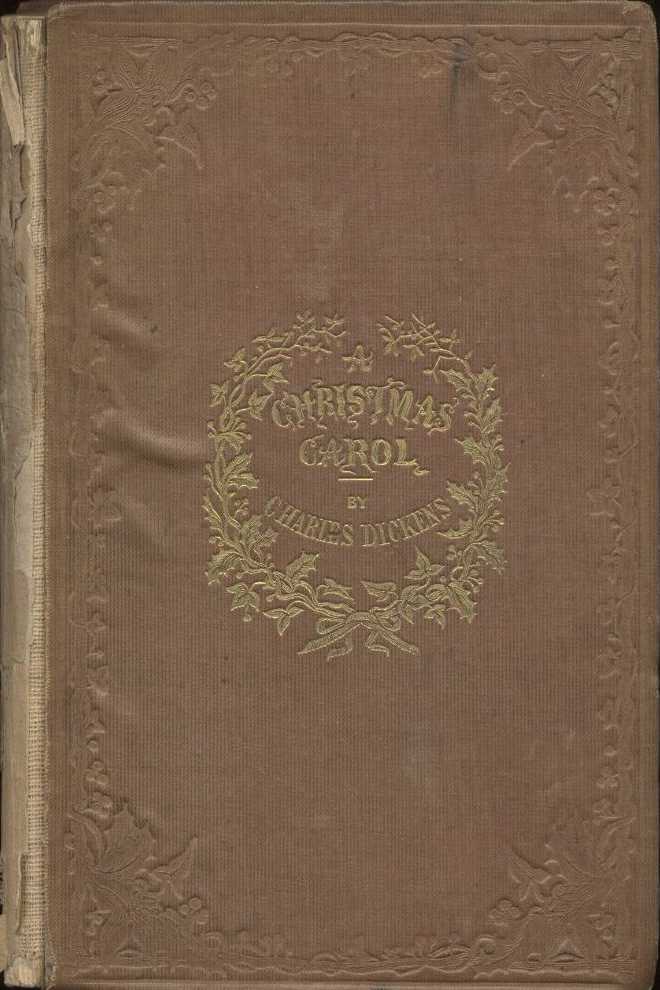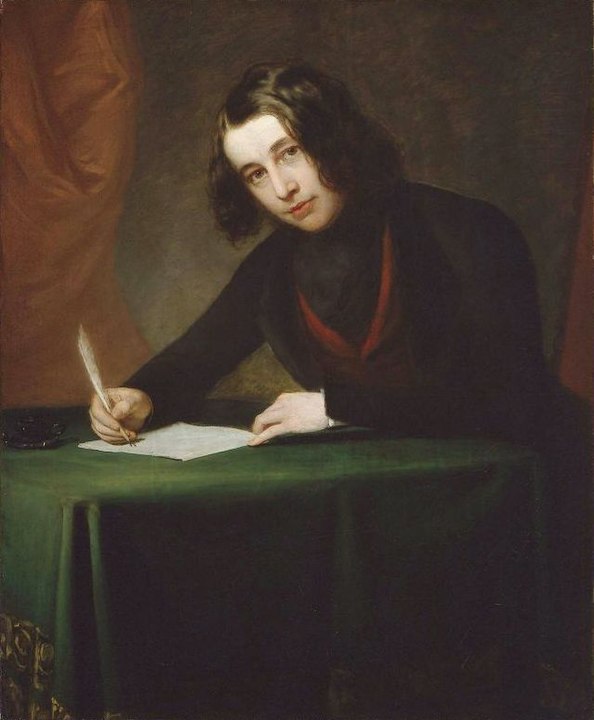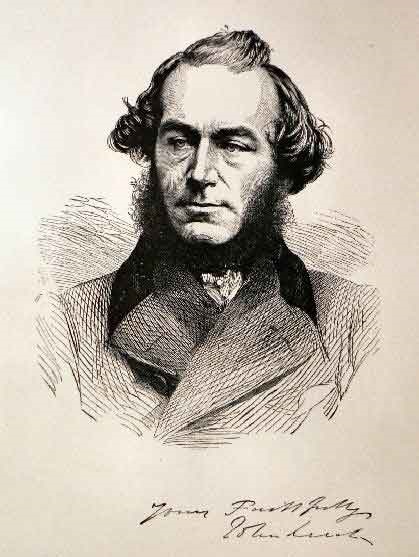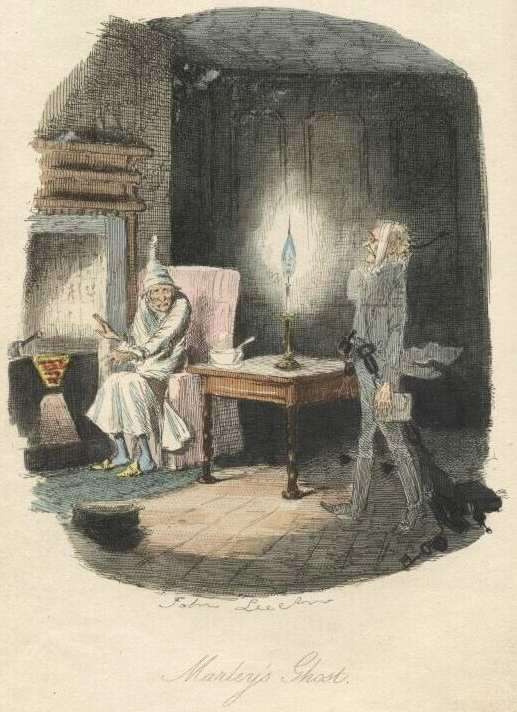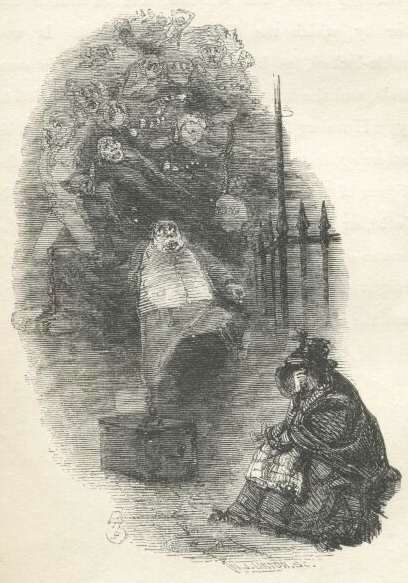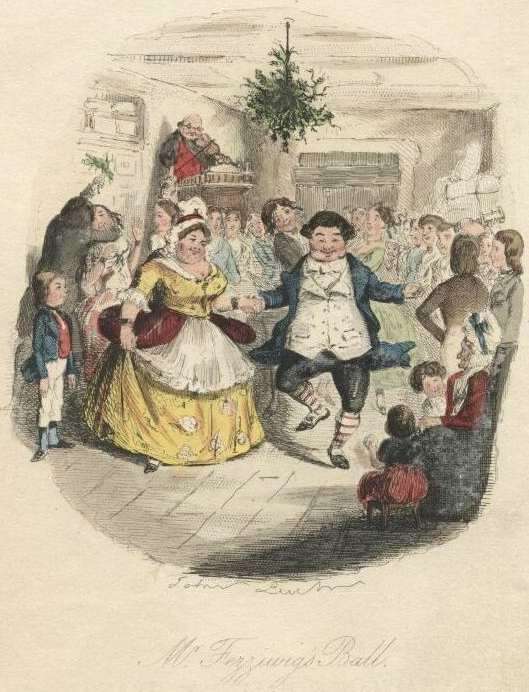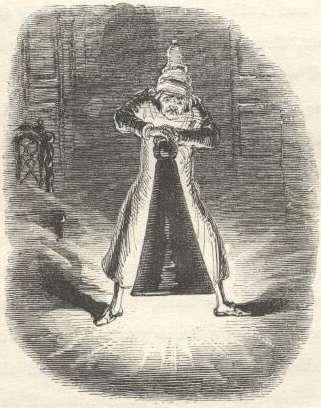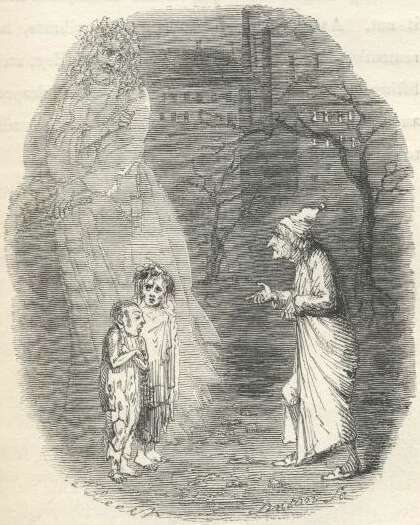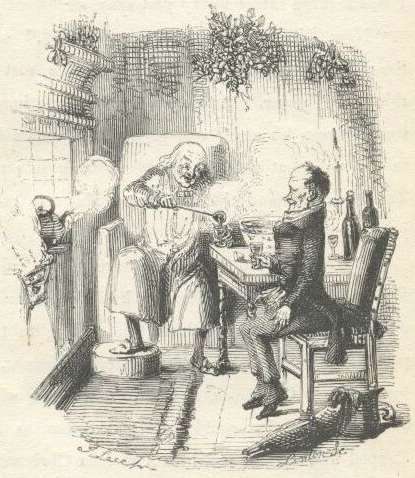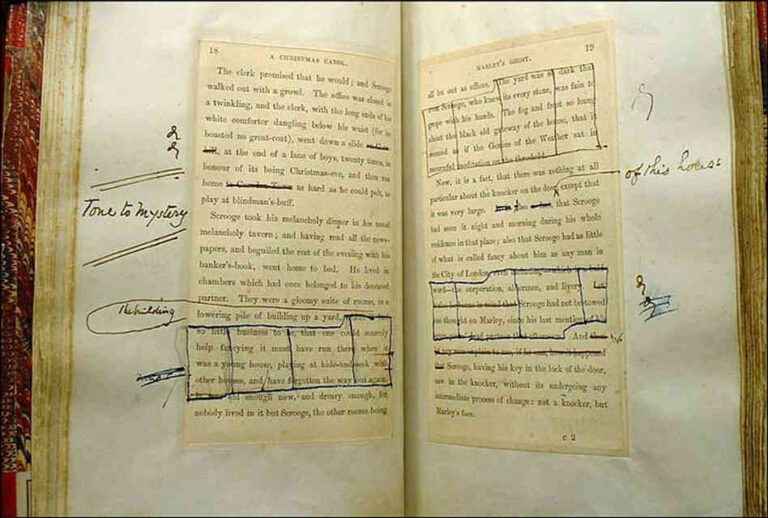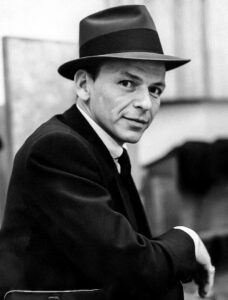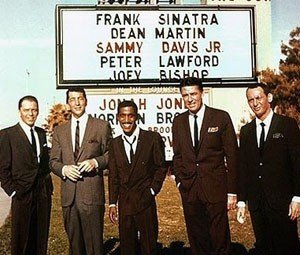Sinatra grew discontented at Capitol and fell into a feud with Alan Livingston, which lasted over six months. His first attempt at owning his own label was with his pursuit of buying declining jazz label, Verve Records, which ended once an initial agreement with Verve founder, Norman Granz, “failed to materialize.” He decided to form his own label, Reprise Records and, in an effort to assert his new direction, temporarily parted with Riddle, May and Jenkins, working with other arrangers such as Neil Hefti, Don Costa, and Quincy Jones. Sinatra built the appeal of Reprise Records as one in which artists were promised creative control over their music, as well as a guarantee that they would eventually gain “complete ownership of their work, including publishing rights.” Under Sinatra, the company developed into a music industry “powerhouse”, and he later sold it for an estimated $80 million. His first album on the label, Ring-a-Ding-Ding! (1961), was a major success, peaking at No.4 on Billboard. The album was released in February 1961, the same month that Reprise Records released Ben Webster’s The Warm Moods, Sammy Davis Jr.’s The Wham of Sam, Mavis River’s Mavis and Joe E. Lewis’s It is Now Post Time. During the initial years of Reprise, Sinatra was still under contract to record for Capitol, completing his contractual commitment with the release of Point of No Return, recorded over a two-day period on September 11 and 12, 1961.
In 1962, Sinatra released Sinatra and Strings, a set of standard ballads arranged by Don Costa, which became one of the most critically acclaimed works of Sinatra’s entire Reprise period. Frank Jr., who was present during the recording, noted the “huge orchestra”, which Nancy Sinatra stated “opened a whole new era” in pop music, with orchestras getting bigger, embracing a “lush string sound”. Sinatra and Count Basie collaborated for the album Sinatra-Basie the same year, a popular and successful release that prompted them to rejoin two years later for the follow-up It Might as Well Be Swing, arranged by Quincy Jones. The two became frequent performers together, and appeared at the Newport Jazz Festival in 1965. Also in 1962, as the owner of his own record label, Sinatra was able to step on the podium as conductor again, releasing his third instrumental album Frank Sinatra Conducts Music from Pictures and Plays.
In 1963, Sinatra reunited with Nelson Riddle for The Concert Sinatra, an ambitious album featuring a 73-piece symphony orchestra arranged and conducted by Riddle. The concert was recorded on a motion picture scoring soundstage with the use of multiple synchronized recording machines that employed an optical signal onto 35 mm film designed for movie soundtracks. Granata considers the album to have been “impeachable”, “one of the very best of the Sinatra-Riddle ballad albums”, in which Sinatra displayed an impressive vocal range, particularly in “Ol’ Man River”, in which he darkened the hue.
In 1964 the song “My Kind of Town” was nominated for the Academy Award for Best Original Song. Sinatra released Softly, as I Leave You, and collaborated with Bing Crosby and Fred Waring on America, I Hear You Singing, a collection of patriotic songs recorded as a tribute to the assassinated President John F. Kennedy. Sinatra increasingly became involved in charitable pursuits in this period. In 1961 and 1962 he went to Mexico, with the sole purpose of putting on performances for Mexican charities, and in July 1964 he was present for the dedication of the Frank Sinatra International Youth Center for Arab and Jewish children in Nazareth.
Sinatra’s phenomenal success in 1965, coinciding with his 50th birthday, prompted Billboard to proclaim that he may have reached the “peak of his eminence”. In June 1965, Sinatra, Sammy Davis Jr., and Dean Martin played live in St. Louis to benefit Dismas House, a prisoner rehabilitation and training centre with nationwide programs that in particular helped serve African Americans. The Rat Pack concert, called The Frank Sinatra Spectacular, was broadcast live via satellite to numerous movie theatres across America. The album September of My Years was released in September 1965 and went on to win the Grammy Award for best album of the year. Granata considers the album to have been one of the finest of his Reprise years, “a reflective throwback to the concept records of the 1950s, and more than any of those collections distils everything that Frank Sinatra had ever learned or experienced as a vocalist”. One of the album’s singles, “It Was a Very Good Year”, won the Grammy Award for Best Vocal Performance, Male. A career anthology, A Man and His Music followed in November, winning Album of the Year at the Grammys the following year.
In 1966 Sinatra released That’s Life, with both the single of “That’s Life” and the album becoming Top Ten hits in the US on Billboard‘s pop charts. Strangers in the Night went on to top the Billboard and UK pop singles charts, winning the award for Record of the Year at the Grammys. Sinatra’s first live album, Sinatra at the Sands, was recorded during January and February 1966 at the Sands Hotel and Casino in Las Vegas. Sinatra was backed by the Count Basie Orchestra, with Quincy Jones conducting. Sinatra pulled out from the Sands the following year when he was driven out by its new owner Howard Hughes, after a fight.
Sinatra started 1967 with a series of recording sessions with Antônio Carlos Jobim. He recorded one of his collaborations with Jobim, the Grammy-nominated album Francis Albert Sinatra & Antônio Carlos Jobim, which was one of the best-selling albums of the year, behind the Beatles’ Sgt. Pepper’s Lonely Hearts Club Band. According to Santopietro the album “consists of an extraordinarily effective blend of bossa nova and slightly swinging jazz vocals, and succeeds in creating an unbroken mood of romance and regret”. Writer Stan Cornyn wrote that Sinatra sang so softly on the album that it was comparable to the time that he suffered from a vocal haemorrhage in 1950.
Sinatra also released the album The World We Knew, which features a chart-topping duet of “Somethin’ Stupid” with daughter Nancy. In December, Sinatra collaborated with Duke Ellington on the album Francis A. & Edward K.. According to Granata, the recording of “Indian Summer” on the album was a favourite of Riddle’s, noting the “contemplative mood [which] is heightened by a Johnny Hodges alto sax solo that will bring a tear to your eye”. With Sinatra in mind, singer-songwriter Paul Anka wrote the song “My Way”, using the melody of the French “Comme d’habitude” (“As Usual”), composed by Claude François and Jacques Revaux. Sinatra recorded it in one take, just after Christmas 1968. “My Way”, Sinatra’s best-known song on the Reprise label, was not an instant success, charting at No. 27 in the US and No. 5 in the UK, but it remained in the UK charts for 122 weeks, including 75 non-consecutive weeks in the Top 40, between April 1969 and September 1971, which was still a record in 2015. Sinatra told songwriter Ervin Drake in the 1970s that he “detested” singing the song, because he believed audiences would think it was a “self-aggrandizing tribute”, professing that he “hated boastfulness in others”.
In an effort to maintain his commercial viability in the late 1960s, Sinatra would record works by Paul Simon (“Mrs. Robinson”), the Beatles (“Yesterday”), and Joni Mitchell (“Both Sides, Now”) in 1969.


